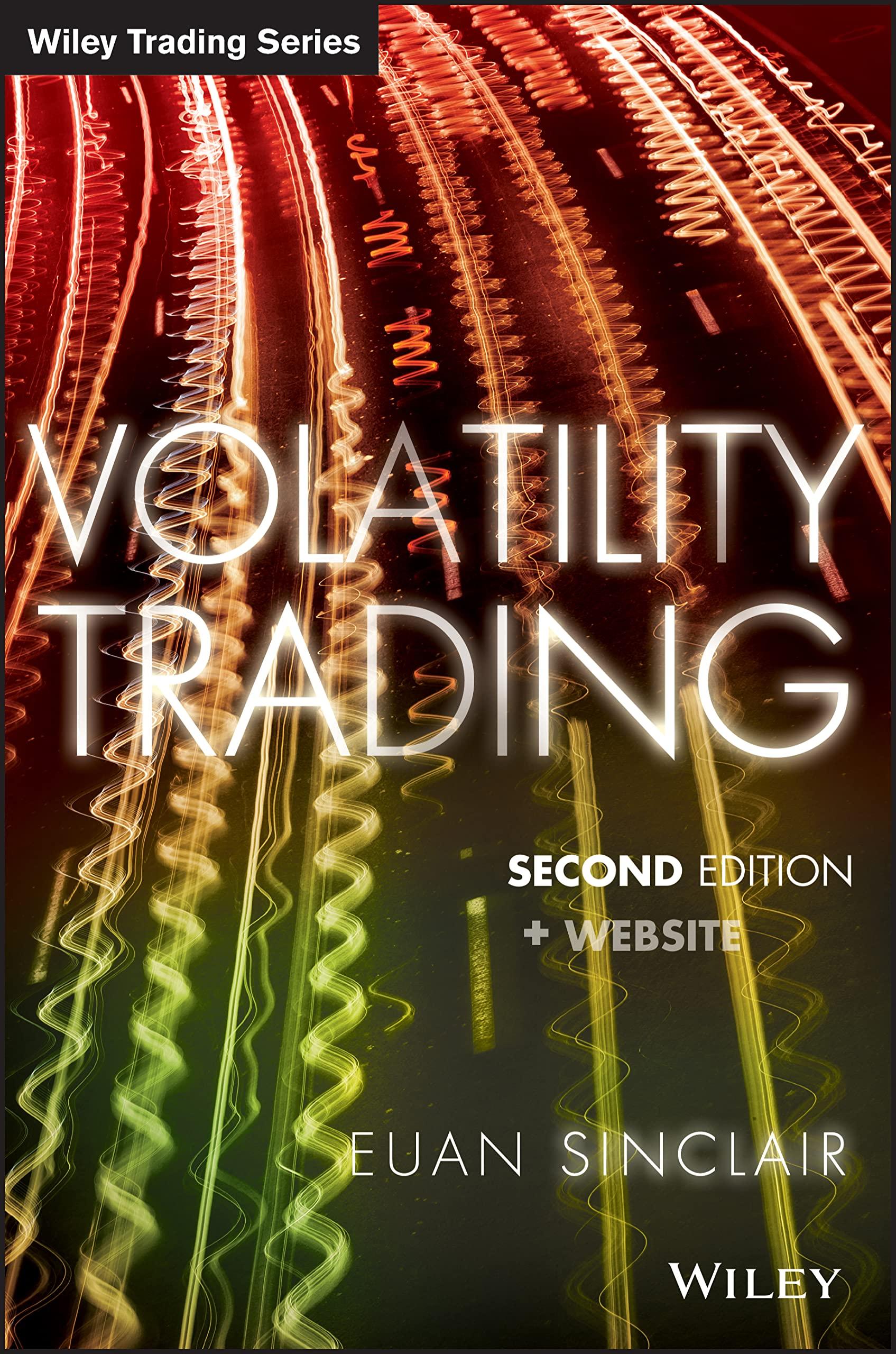Answered step by step
Verified Expert Solution
Question
1 Approved Answer
QUESTION 2 8 The primary difference between options and futures is that: a . the option premium is the full liability of the purchaser, while
QUESTION
The primary difference between options and futures is that:
a the option premium is the full liability of the purchaser, while a futures contract may call for additional margin to hold the
b options are more speculative than futures.
c futures require the physical transfer of goods, while options do not.
d None of the above
e More than one of the above
QUESTION
Trading in financial futures is similar to trading in commodities except for considerably higher margin requirements for financial
futures.
ATrue
BFalse
QUESTION
The value of a stock index futures contract is the product of
a the settle price
and the appropriate multiplier.
b the change in the settle price
c the difference between the settle price and the change
d None of the above
QUESTION
If a pension fund manager is afraid interest rates may go down on his shortterm portfolio of day Treasury bills, he could hedge by going:
a long on Treasury bill futures contracts.
b short sell on Treasury bill futures contracts.
c long on US dollar contracts.
d short sell on the US dollar contracts.
QUESTION
The highrisk, speculative nature of commodities futures is due primarily to:
a the presence of hedgers in the markets.
b high leverage brought about by low margin requirements.
c Both A and B
d None of the above
QUESTION
Which of the following statements is true?
a For both calls and puts an increase in the exercise price will cause an increase in the option price
b For both calls and puts an increase in the time to maturity will cause an increase in the option price
c For calls, but not for puts, an increase in the time to maturity will cause an increase in the option price
d For puts, but not for calls, an increase in the time to maturity will cause an increase in the option price
QUESTION
Suppose an investor buys a call option with an exercise price of $ If the stock is trading at $ the option is:
a Atthemoney
b Inthemoney
c Outofthemoney
d Nearthemoney

Step by Step Solution
There are 3 Steps involved in it
Step: 1

Get Instant Access to Expert-Tailored Solutions
See step-by-step solutions with expert insights and AI powered tools for academic success
Step: 2

Step: 3

Ace Your Homework with AI
Get the answers you need in no time with our AI-driven, step-by-step assistance
Get Started


